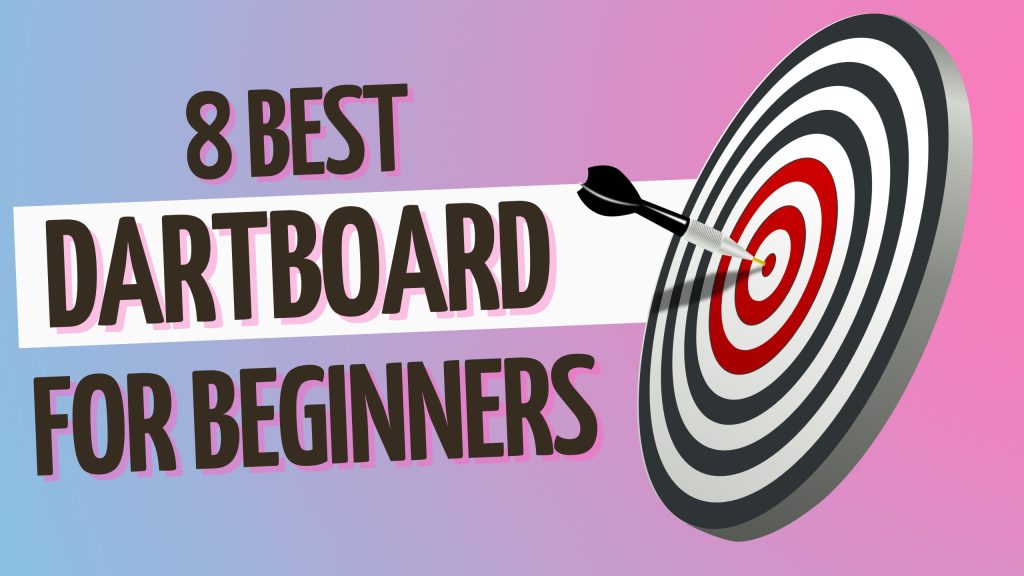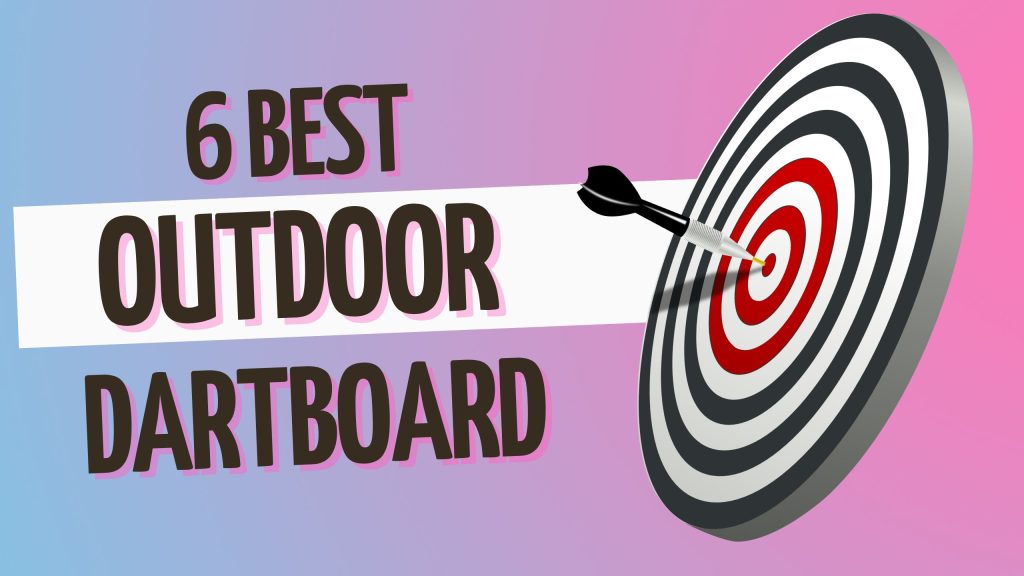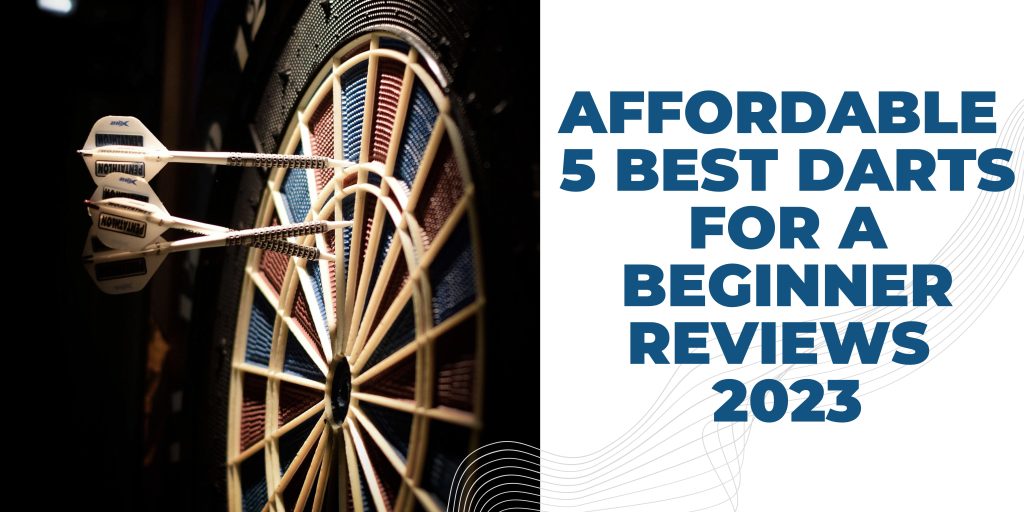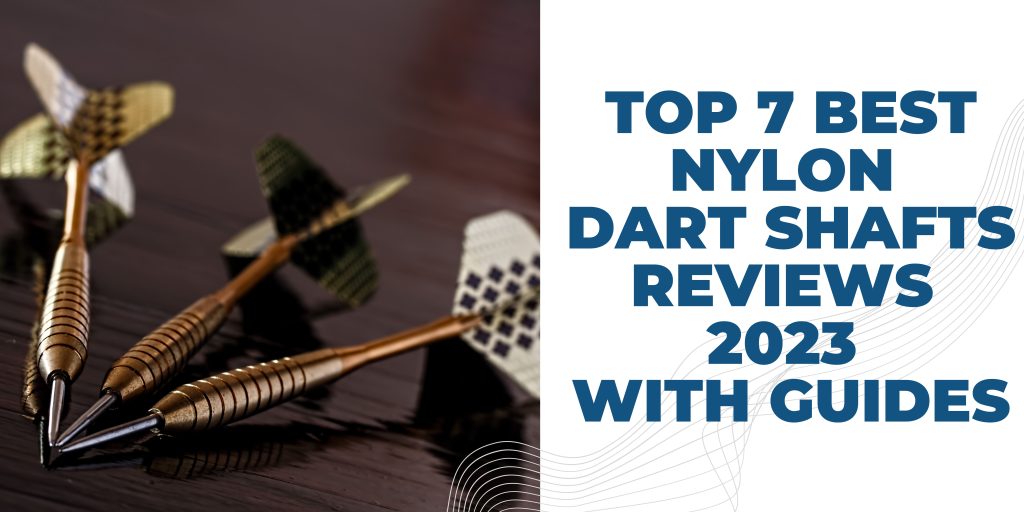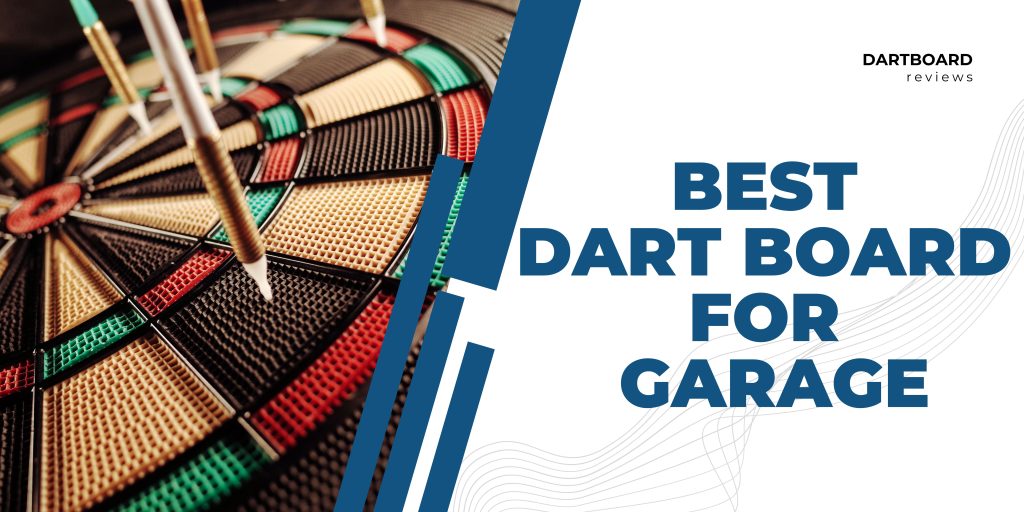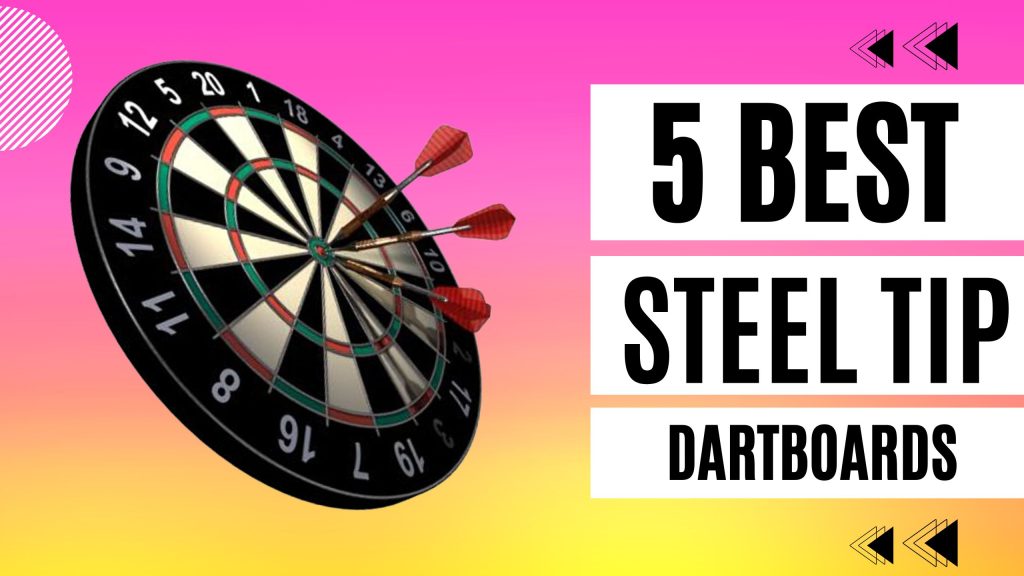If you’re a beginner dartboard user, you may be surprised at how tough the boards can be. With the right tips, however, you can soften your board and make playing easier and more enjoyable. In this guide, we’ll tell you everything you need to know about How to soften a dartboard. So keep reading to learn more!
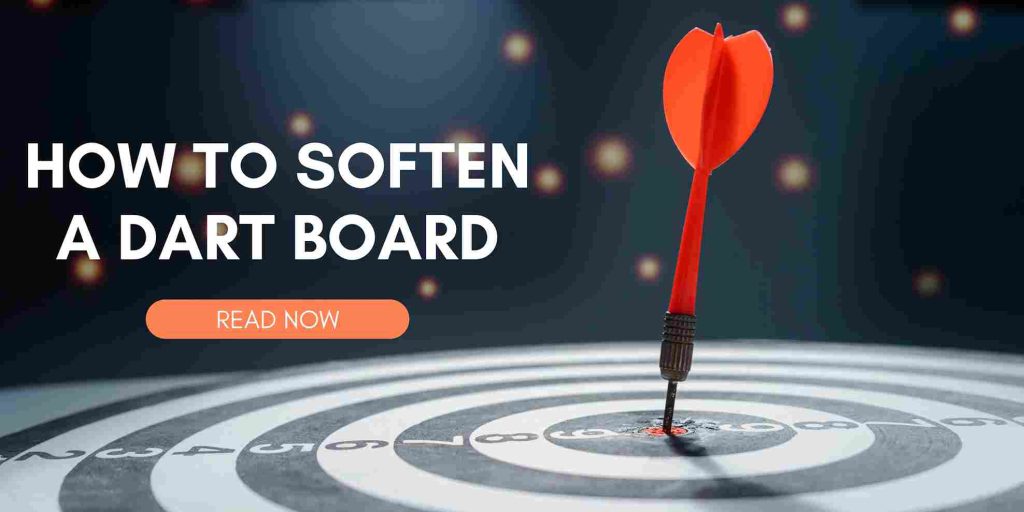
Understand why dartboard is tough
First, you’ll need to understand why your dartboard is so tough. The main reason is that the boards are made of sisal, a material that is designed to be durable and long-lasting. Sisal is also used in rope making, and it’s no coincidence that it’s such a popular choice for dartboards – after all, darts are basically miniature spears!
Read more: best large outdoor dartboard
Methods that help you make dartboard soft
The good news is that there are a few things you can do to soften your dartboard. One option is to use a board softener, which is a product that you can apply to the surface of your board. This will help to break down the sisal fibres and make them more flexible, making it easier for darts to penetrate the surface.
Another option is to soak your dartboard in water for a period of time. This will also help to soften the fibres, making it easier for darts to penetrate the surface. Just be sure not to soak your board for too long, as this can cause the material to swell and potentially damage the board.
Once you’ve softened your board, it’s important to take care of it so that it doesn’t become damaged. Be sure to regularly inspect your board for any signs of wear and tear, and if you notice any damage, be sure to repair it as soon as possible. With proper care, your softened dartboard will last for many years to come.
How to Properly Soften A Dartboard?
As a beginner dartboard user, you may find the board quite tough to use. This is because dartboards are made of sisal, which is a material that is supposed to be durable. Sisal is also used in the rope making and is thus perfect for withstanding the impact of darts. However, this does not mean that you cannot soften the board to make it easier for you to play. There are two ways that you can do this:

Use a board softener:
This is a product that you apply to the surface of your board in order to help break down the sisal fibres and make them more flexible. This, in turn, makes it easier for darts to penetrate the surface.
Soak your dartboard in water:
This will also help to soften the fibres, making it easier for darts to penetrate the surface. However, you need to be careful not to soak the board for too long as this can cause the material to swell and potentially damage the board.
Once you have softened your board, it is important to take care of it so that it does not become damaged. Inspect your board regularly for any signs of wear and tear and if you notice any damage, repair it as soon as possible. With proper care, your softened dartboard will last for many years. Thanks for reading!
Why Should I Soften My Old Dartboard?
If you’re a beginner dartboard user, you may be surprised at how tough the boards can be. With the right tips, however, you can soften your board and make playing easier and more enjoyable. In this guide, we’ll tell you everything you need to know about softening a dartboard.
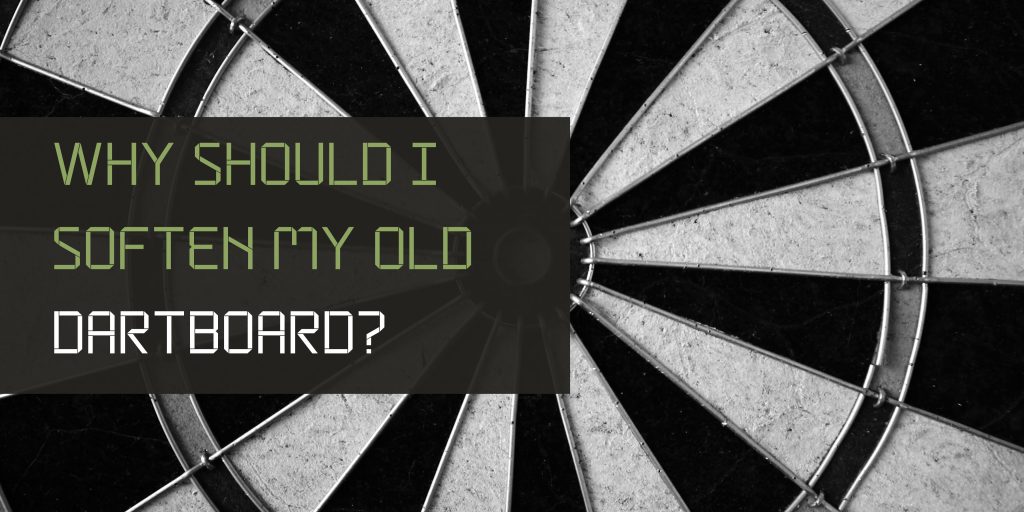
There are a few reasons why you might want to soften an old dartboard.
Maybe you’ve recently started playing and the board is too tough for your liking. Or, maybe you’ve been playing for a while but you’re not happy with the performance of your board. Whatever the reason, softening an old dartboard can be a great way to improve your game.
There are a few different ways to soften a dartboard. One popular method is to use sandpaper. This will roughen up the surface of the board, making it easier for darts to stick. Another option is to use a solution of water and vinegar. This will soften the board and make it more pliable.
Whichever method you choose, be sure to test it out on a small area of the board first. This will help you determine how much pressure to use and how long to leave the solution or sandpaper on the surface. With a little trial and error, you’ll be able to find the perfect way to soften your old dartboard.
if you are looking for the best dartboard for children then you can face this problem many times. but if you follow these instructions you can get rid of this
What Should I Do to Keep My Dartboard from Hardening?
Once you’ve installed your dartboard, you’ll need to take some steps to keep it from hardening. First, make sure that you’re using the right darts. Soft-tip darts are less likely to damage the board than steel-tip darts, so they’re a good choice for beginners. Second, avoid hitting the same spot on the board over and over again. This will help to distribute the wear and tear more evenly and prevent any one area from becoming too hard. Finally, keep your dartboard clean and dry. Dust and dirt can build up on the surface of the board over and over. This will help prevent the area from hard hardening. Finally, you can use a board protector to keep your dartboard in good condition.
Conclusion
you should take some steps to keep your dartboard from hardening. First, use soft-tip darts instead of steel-tip darts. Second, avoid hitting the same spot on the board over and over again. Third, keep your dartboard clean and dry. Finally, you can use a board protector to extend the life of your dartboard. this is the method of How to soften a dartboard.
FAQs

I am Ahmad. I live in the united states. I am founder of Dartboard.reviews. Dartboard started from a discussion between many friends. they love to play dartboard then we decided to provide tips and tricks about this game. we also want to provide the best dartboard if anyone likes to play.
if you want to know about us more then you can visit our about us page.



